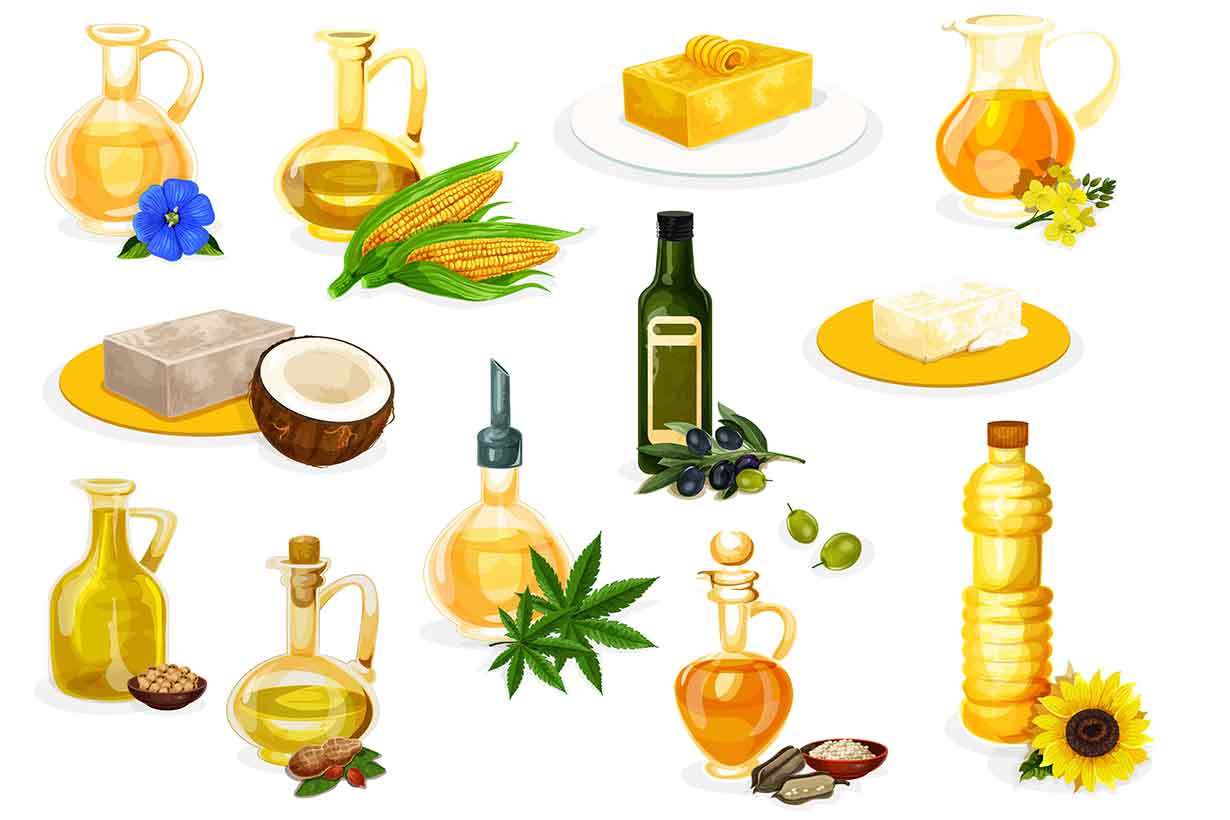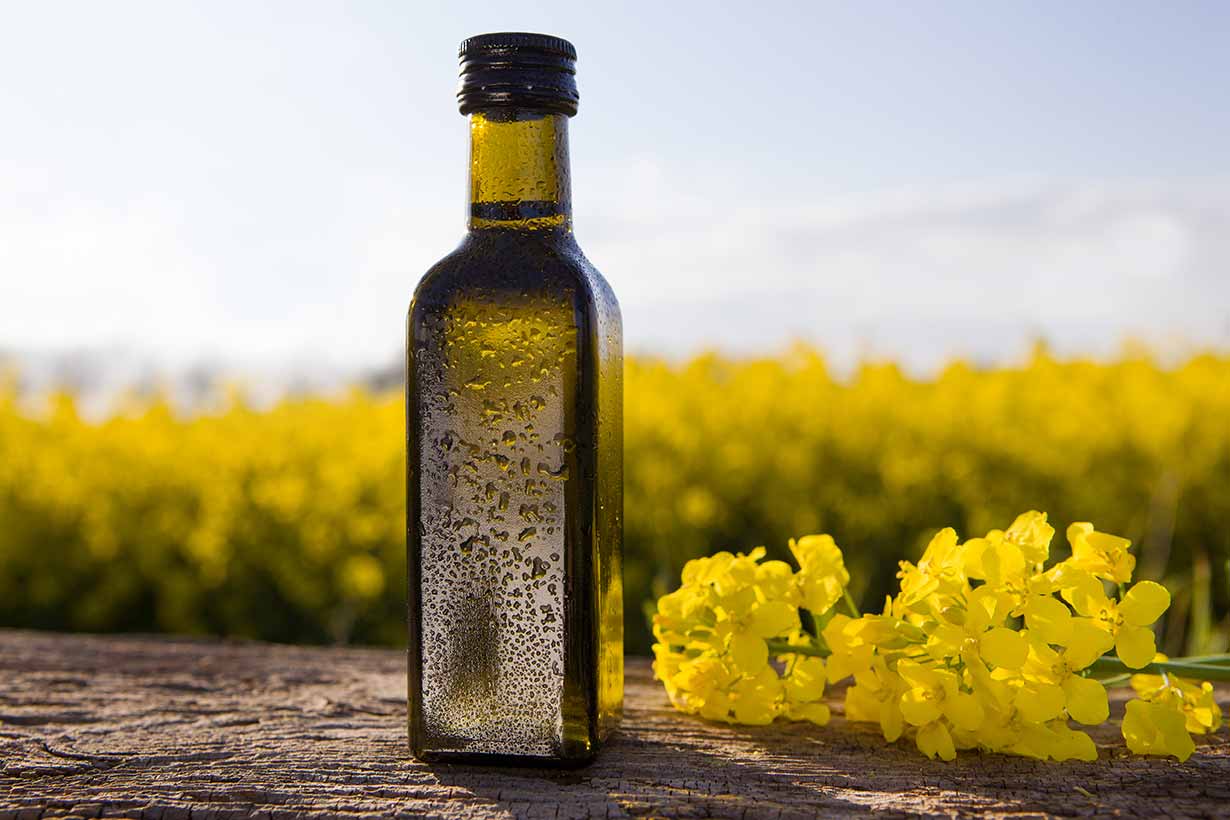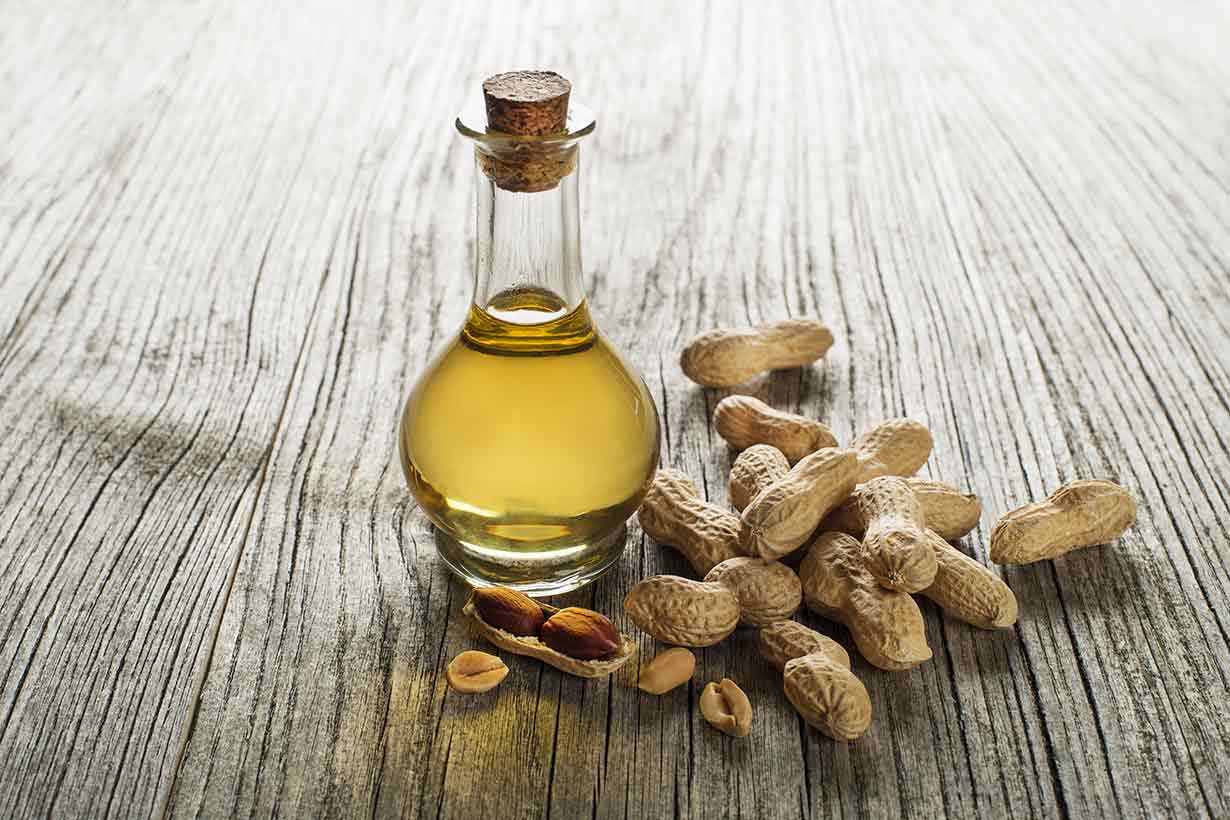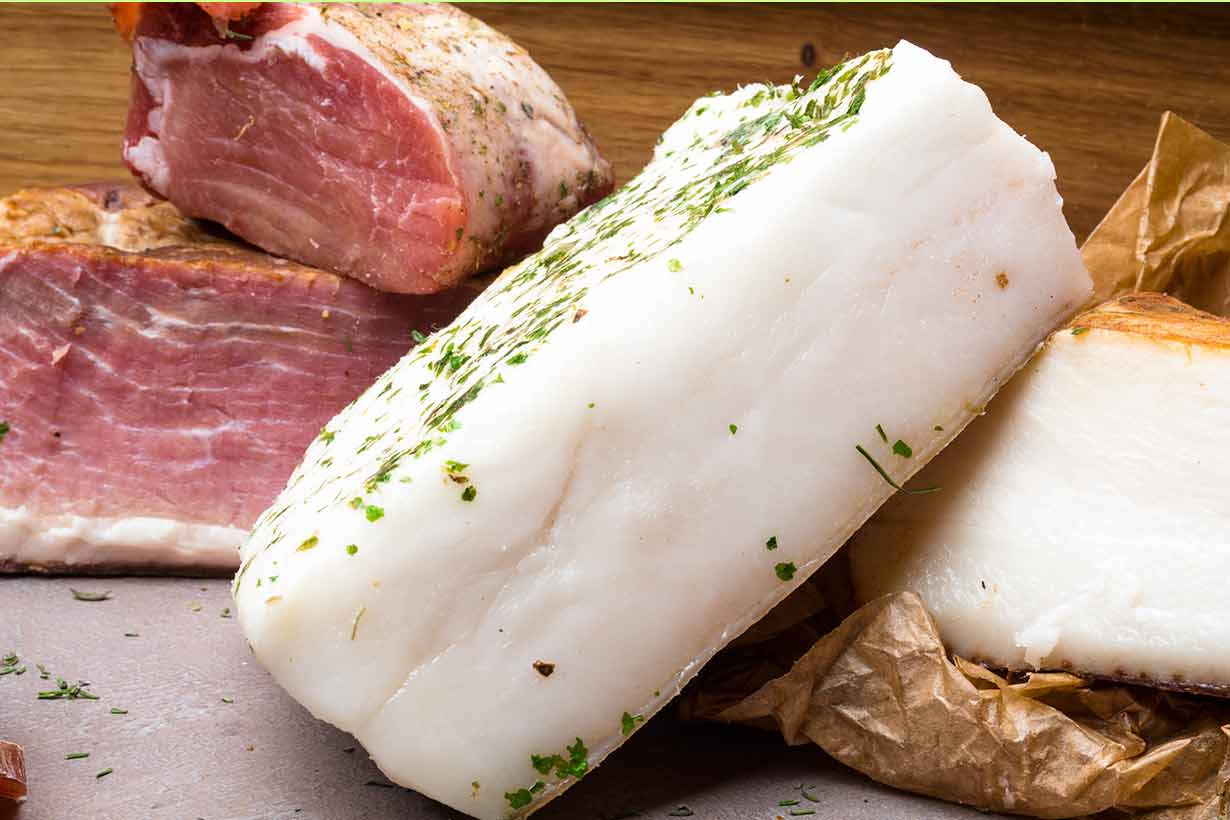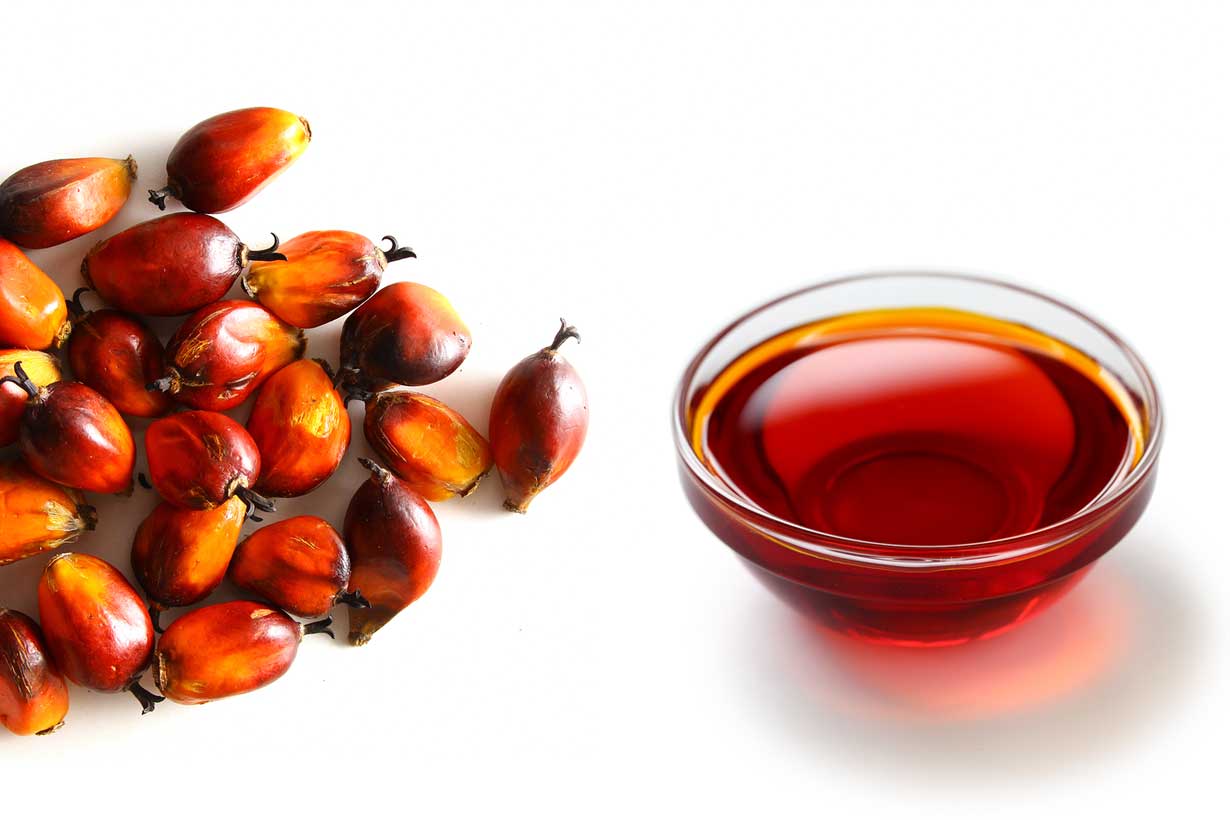Beef tallow is a traditional cooking fat made from rendered beef fat.
While tallow was once a popular cooking fat, its use declined in the 20th century as concerns grew over its saturated fat content. Since then, unsaturated cooking fats, such as olive oil and rapeseed oil, have become the preferred choice.
However, tallow has regained popularity in recent years and is projected to see an annual growth rate of 6.6% until 2030 (1). This resurgence may be due to the rising interest in diets that emphasize traditional foods, which have gained attention in popular media over the past decade or two.
But is tallow a healthy choice of cooking fat? To answer this question accurately, we need to explore the research.
This article examines the nutritional properties of tallow and the research on its potential benefits and downsides.
Table of contents
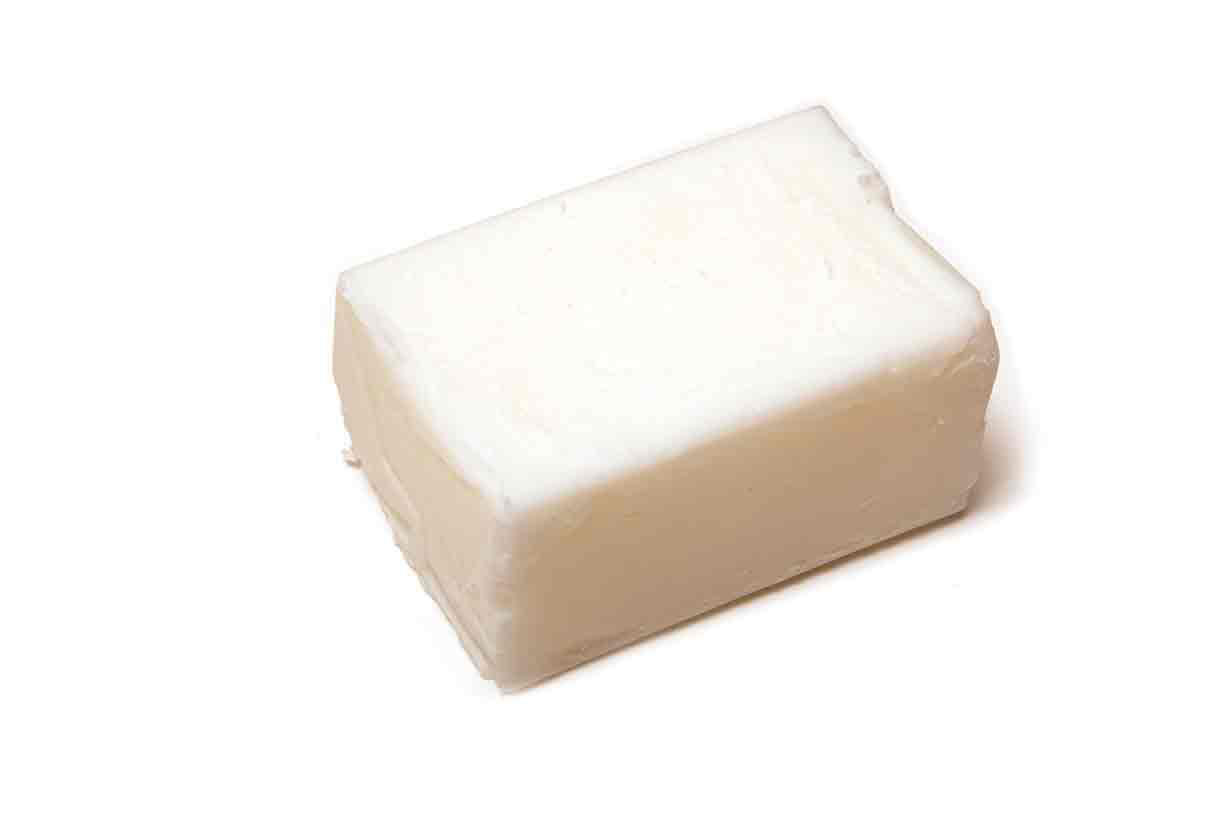
The Nutritional Profile of Beef Tallow
Let’s first examine the nutritional values of beef tallow.
The following table shows beef tallow’s nutritional profile per tablespoon (12.8-gram) serving, with data sourced from the USDA’s FoodData Central database (2).
| Nutrient | Amount | % Daily Value |
|---|---|---|
| Calories | 115 kcal | |
| Carbohydrates | 0 g | 0% |
| Fiber | 0 g | 0% |
| Sugars | 0 g | |
| Fat | 12.8 g | 6% |
| Saturated fat | 6.37 g | 32% |
| Monounsaturated fat | 5.35 g | |
| Polyunsaturated fat | 0.51 g | |
| Omega-3 | 0.08 g | |
| Omega-6 | 0.40 g | |
| Protein | 0 g | 0% |
| Cholesterol | 12 mg | 4% |
As the table indicates, tallow is an isolated source of fat, containing 12.8 grams of fat and 115 calories per tablespoon.
Its fatty acid composition features high levels of saturated and monounsaturated fats, with a small amount of polyunsaturated fat.
Approximately 0.12-0.68% of the fat consists of conjugated linoleic acid (3).
Vitamins and Minerals
As with most cooking fats, beef tallow contains only small amounts of vitamin and minerals.
A 12.8-gram tablespoon provides the following micronutrients:
- Choline: 10.2 g (2% of the daily value)
- Vitamin E: 0.35 mg (2% DV)
- Vitamin D: 0.09 mcg(<1% DV)
- Selenium: 0.03 mcg (<1% DV)
These contributions to daily vitamin and mineral needs are negligible.
Key point: Aside from a very small amount of vitamins and minerals, beef tallow is primarily a source of fat.
Benefits of Using Beef Tallow
Why might people choose to use beef tallow?
Here’s a look at some potential benefits based on its characteristics and nutritional properties.
1) Flavor
Many people enjoy the taste of beef tallow, believing it contributes more flavor to food than typical cooking oils.
It has distinct, beef-like flavor and, since it is high in saturated fat (which is solid at room temperature), it doesn’t impart the same oily or greasy consistency that cooking oils sometimes can.
Since tallow is pure beef fat, anyone who enjoys the flavor of fattier cuts of beef may appreciate using it for cooking.
2) Fairly Resistant to Oxidation
Beef tallow is relatively resistant to oxidation—the process where fatty acids break down and produce potentially harmful oxidation products like polar compounds (4). This can occur particularly when fats are heated at a high temperature for prolonged periods.
As highlighted in the nutritional profile of beef tallow, approximately 50% of its fat content is saturated fat, containing only small amounts of polyunsaturated fat.
Since saturated fatty acids don’t contain double bonds in their structure, they are less prone to oxidation than monounsaturated (one double bond) and polyunsaturated (multiple double bonds) fatty acids (5, 6).
In fact, beef tallow has such good oxidative stability that the biodiesel industry adds it to soybean oil to improve the latter’s stability (7).
Tallow also has a high smoke point, which is commonly purported to be around 375-420°F (190-215°C) (8). This makes it well-suited for high-heat cooking methods such as sautéing and stir-frying.
3) Tallow Can Be Relatively Affordable
Depending on your location, tallow can be relatively inexpensive to purchase.
For example, in the UK, it can cost as little as £5 per kilogram, which is around $6.20.
However, as mentioned, prices may vary by region, and it can be a bit more expensive in the United States.
It is also easy to buy high-quality tallow online for a lower price than many good-quality cooking oils.
4) A Heat-Stable Option For Deep Frying
Deep frying is unlikely to ever be the healthiest cooking method, given the high amounts of fat (and calories) it requires, along with the prolonged high-heat temperatures.
However, if you choose to deep fry, selecting a suitable fat is essential.
This is because when cooking fats break down or reach their smoke point, they can impart a rancid or burnt taste. Additionally, using oils that produce high amounts of oxidation products may negatively impact both food quality and health (9).
As mentioned earlier, tallow has a reasonably high degree of oxidative stability, making it a favorable option for deep frying.
Potential Drawbacks
For balance, let’s examine some potential downsides of using beef tallow.
1) High in Saturated Fat
Most of the potential drawbacks surrounding tallow stem from its high saturated fat content.
With 6.37 grams of saturated fat per tablespoon, this represents 32% of the daily value for saturated fat. The daily value is set by the FDA and is based on a typical 2000-calorie diet (2, 10).
It has been widely demonstrated that high dietary intakes of saturated fat, particularly in the context of a low polyunsaturated fat intake, can raise LDL-C (low-density lipoprotein cholesterol) levels (11, 12).
Elevated LDL-C levels are strongly linked to an increased risk of developing cardiovascular disease (13, 14).
As always, it is important to assess this information in the context of the overall dietary pattern—habitual eating habits matter most.
2) Studies Show That Beef Tallow Raises LDL Cholesterol
In the previous section, we looked at how diets high in saturated fat can raise LDL cholesterol levels.
However, there are also studies specifically examining the effect of beef tallow on LDL cholesterol:
- Study 1: A crossover study involving 12 healthy adult men found that 100 grams of beef tallow increased LDL-C levels, with LDL-C levels remaining 9.3% higher than fasting levels 10 hours post-consumption. In the same participants, LDL-C levels were unchanged 10 hours after consuming 100 grams of corn oil, which is primarily a source of polyunsaturated fat (15).
- Study 2: Another study fed 10 adult men a liquid-formula diet for three weeks, with 40% of the calories in the diet coming from one of four fats: beef tallow, butter, cocoa butter, or olive oil. The study found that beef tallow lowered LDL-C compared to butter but increased it compared to olive oil or cocoa butter (16).
There are two points worth noting regarding these studies:
- Study 1: This study demonstrates that beef tallow raises LDL-C levels compared to corn oil, which is primarily a source of unsaturated fat. This is expected based on the knowledge of how saturated and unsaturated fatty acids affect blood cholesterol. However, 100 grams is an extremely large amount of beef tallow, equal to roughly eight tablespoons—far more than a typical serving size, which might be between a teaspoon and a tablespoon.
- Study 2: This study emphasizes the importance of the overall dietary pattern. All foods will raise (or lower) LDL cholesterol compared to another food. Occasionally adding tallow to a healthy diet that includes foods like fruit, legumes, nuts, and seafood would be very different from adding it to a diet based on pizzas and cheeseburgers.
Is Beef Tallow a Good Choice?
Beef tallow is a flavorful cooking fat that doesn’t easily oxidize and offers a good option for high-heat cooking.
However, individuals seeking to lower their saturated fat intake or LDL cholesterol levels may prefer to use a primarily unsaturated cooking oil, such as extra virgin olive oil.
To find out more about the saturated to unsaturated fatty acid profile of different cooking oils, please refer to this article:
25 Types of Cooking Fats and Oils (and Their Nutritional Values)
For more on animal fats, see this nutritional guide to goose fat or this guide to butter versus ghee.
How To Make Beef Tallow At Home
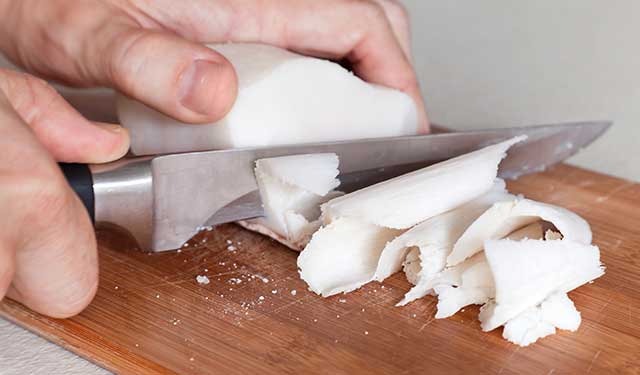
For anyone with some time to spare, it is relatively easy to render beef tallow in the comfort of your kitchen.
This informative article shows a step-by-step guide to rendering tallow.
How To Store Beef Tallow
While pure beef tallow doesn’t necessarily require refrigeration and can be stored at room temperature, it is better to refrigerate it.
This is because refrigeration, as well as storing it in an airtight container, helps to prevent oxidation and spoilage. While tallow is relatively stable in this regard, refrigerating it will extend its shelf life and help maintain its optimal quality. Factors such as exposure to air, heat, or light can negatively affect its quality.
For this reason, most label storage instructions encourage refrigeration or storage in a cool, dark place.
Refrigerated beef tallow should keep for many months.

